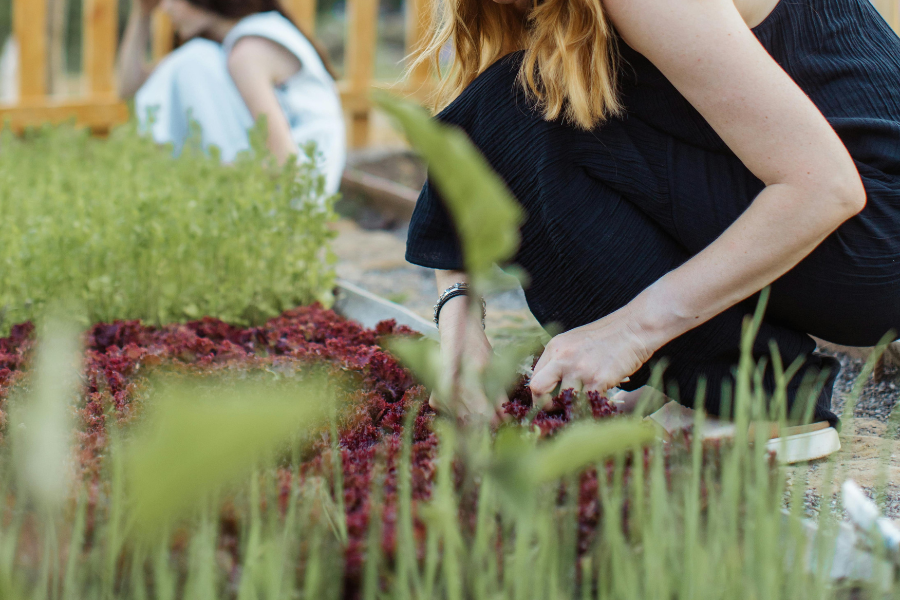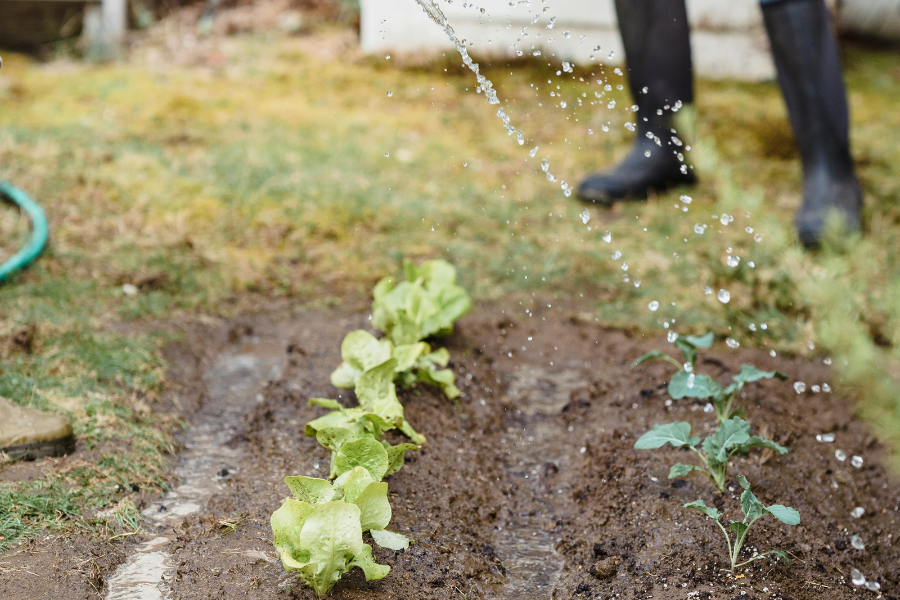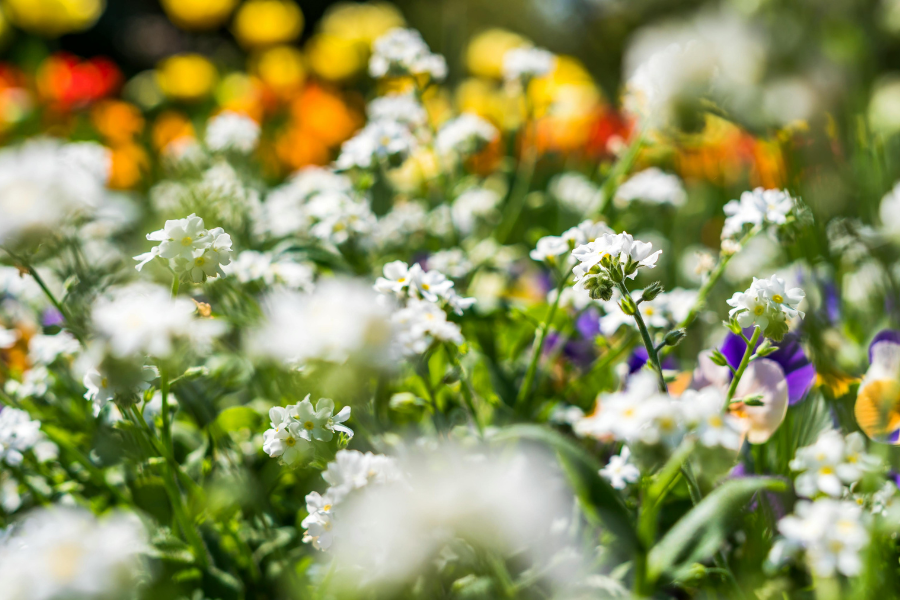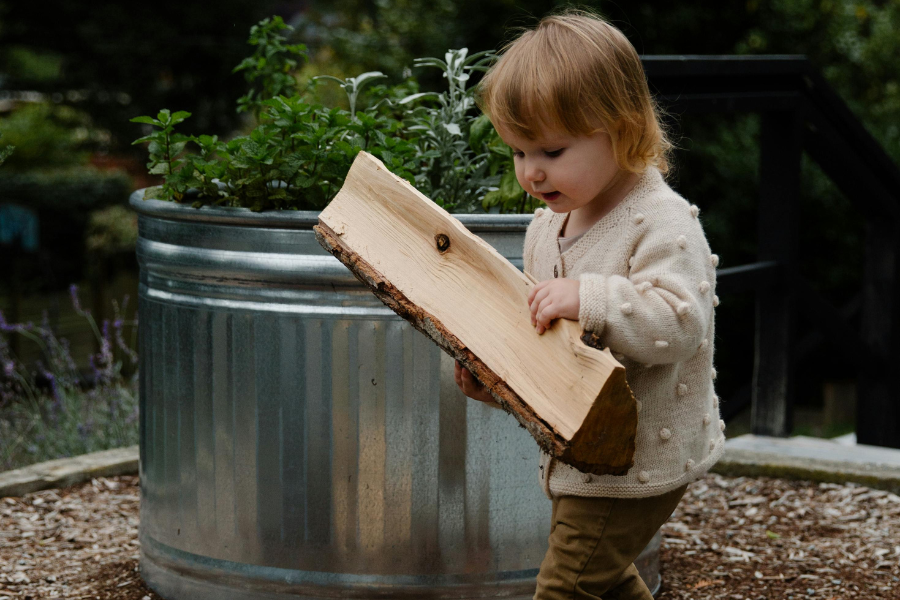Starting a sustainable garden is an exciting adventure that begins with careful planning. When it comes to sustainable garden planning, it’s important to make strategic choices that not only benefit the environment but also guarantee the ongoing prosperity of your garden. In this blog post, we’ll explore important aspects of sustainable garden planning, sharing valuable insights and tips that will help you create a wonderful, eco-friendly sanctuary.
Garden Planning 2024!
Design
Before you start digging in, take a moment to check out your garden site. Think about things like how much sun it gets, the quality of your soil, and access to water. When it comes to planning your sustainable garden, it’s all about working with these natural elements to create a layout that helps your plants flourish in their own little habitat. Oh, and don’t forget about the size! Make sure you design a garden that’s just right for you to take care of. You wouldn’t want it to be too big to handle, right?

Water Maintenance
When it comes to choosing plants for your garden, it’s important to go for ones that will do well in your specific climate and water conditions. Look out for varieties that can handle drought conditions, as they require less watering. This not only helps conserve water but also supports the local ecosystem. Native plants are another great option to consider. If you’re unsure about which plants to choose or need some advice, don’t hesitate to reach out to your local garden center or extension office if you’re in the US. It’s always a good idea to chat with your neighbors or even local farmers too. Building those connections can come in handy down the line when you need more guidance.

Companion Plants!
Let’s explore the wonderful world of companion planting! By incorporating companion planting techniques into your garden plan, you can create a harmonious environment where plants can thrive together. This involves strategically placing plants that benefit each other, helping them grow better and keeping pesky pests at bay. Isn’t that amazing? Not only does this promote a diverse range of plants, but it also reduces the need for harmful pesticides, allowing your garden to flourish naturally. Let me give you a fantastic example – how about planting some delightful basil near your precious tomatoes? Basil actually helps deter tomato predators, making it a perfect companion. And hey, here’s another tip – planting squash with corn can actually maximize your garden space, as the squash vines will grow beautifully, climbing up the corn stalks. How cool is that? So let’s get creative and start integrating companion planting for a more vibrant and resilient garden!
Check out this article on companion plants!

Crop Rotation
When planning your garden, it’s always a good idea to consider seasonal planting and crop rotation. By switching up your crops each year, you’ll not only make sure your soil stays healthy and full of nutrients but also reduce the chance of pesky diseases and pests. Plus, by going with the flow of Mother Nature’s seasons, you’ll be promoting sustainability and giving your plants the best shot at thriving. If you want some great advice on all things gardening, why not chat with some farmers, visit your local garden center, or reach out to others who have experience? They’ll have some awesome tips and tricks to share!
Check out the Farmers Almanac for crop rotation tips.

Maximize space
Make the most of your garden space with awesome planting strategies! Techniques like square-foot gardening, vertical gardening, and raised beds are the way to go when you have limited space. Not only do these methods boost productivity, but they also have a positive impact on the environment. Remember when I mentioned corn and squash in the companion planting section? Well, I gave it a shot with cucumbers and Brussels sprouts too. The cucumbers did an amazing job at keeping pesky weeds away, while the Brussels sprouts cleverly grew up through the cucumber vines. It was a win-win situation!

Garden Structure
Have you ever thought about the materials you use in your garden? It’s actually a great idea to consider using recycled or upcycled materials for things like raised beds, pathways, and garden structures. Not only does it add a unique touch to your garden, but it’s also a sustainable way of planning your garden. By choosing materials with a minimal environmental footprint, you’re doing your part in minimizing waste. You won’t believe the awesome ideas you can find on Pinterest and YouTube for recycling pallets and creating your very own garden. Just imagine using old watering troughs as planters! And guess what? I’ve even seen people get creative by recycling old tires to create planting spaces. So many fun and eco-friendly options out there, don’t you think?

Encourage Native Wildlife
Let’s create a garden that’s a welcoming haven for wildlife! We can incorporate bird feeders, native plants, and even some water features to attract beneficial insects and birds. By adding bird feeders or bird houses, we’ll not only enjoy the beauty of these creatures but also benefit from increased pollination and pest control. Imagine how relaxing it will be to have a garden buzzing with life! And by including a water feature like a bird bath or a garden pond, we’ll give bees and other birds a refreshing drink while also encouraging pollination. Not only will our garden be visually appealing, but it will also play a vital role in promoting the health of our broader ecosystem. Let’s create a little paradise for both us and our animal friends!

Garden Planning 2024!
Sustainable garden planning is all about creating a harmonious and eco-friendly space that goes beyond just individual practices. When you carefully consider the layout, plant selection, and resource utilization in your garden, you’ll be able to create a thriving environment. Let your garden become a living testament to the amazing connection between humans and nature, showing off the beauty and effectiveness of sustainable garden planning.

